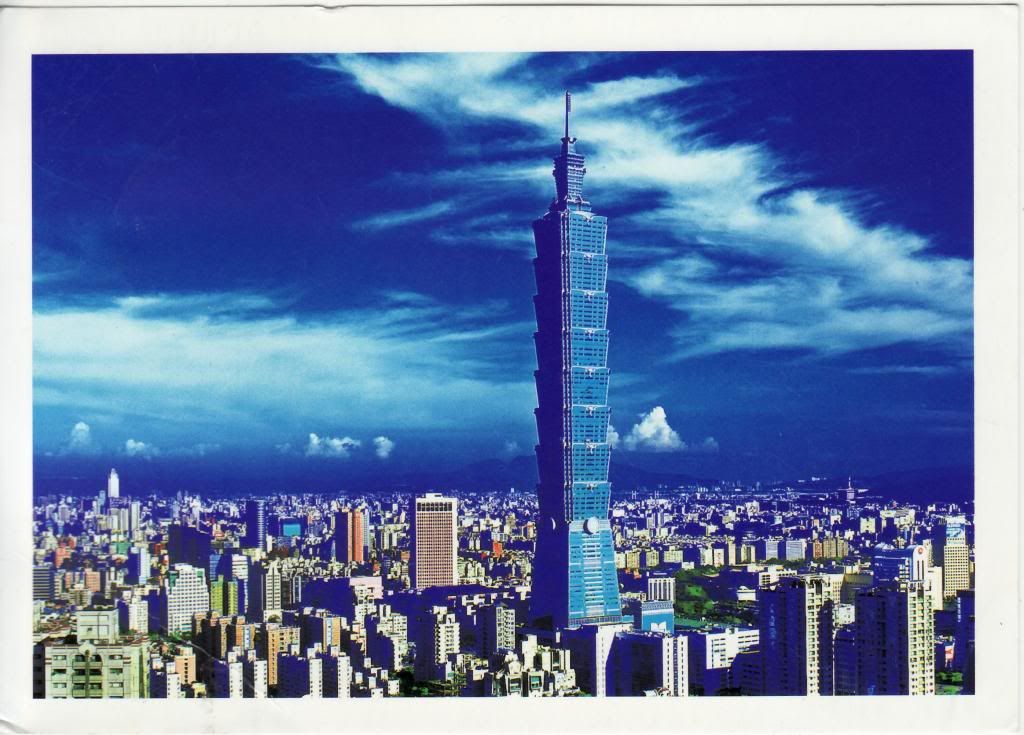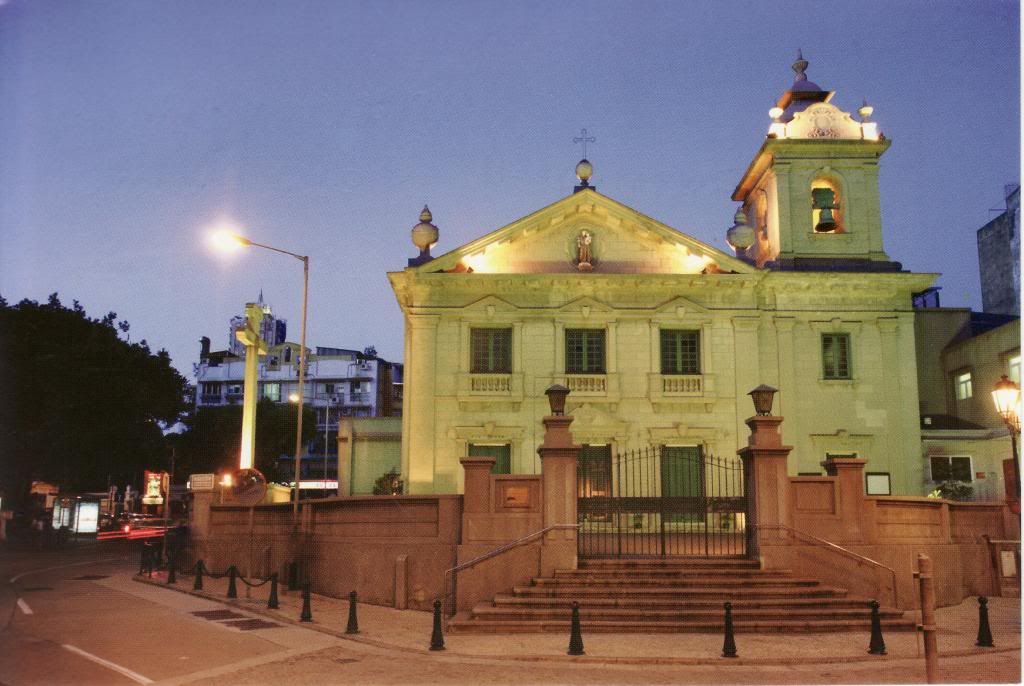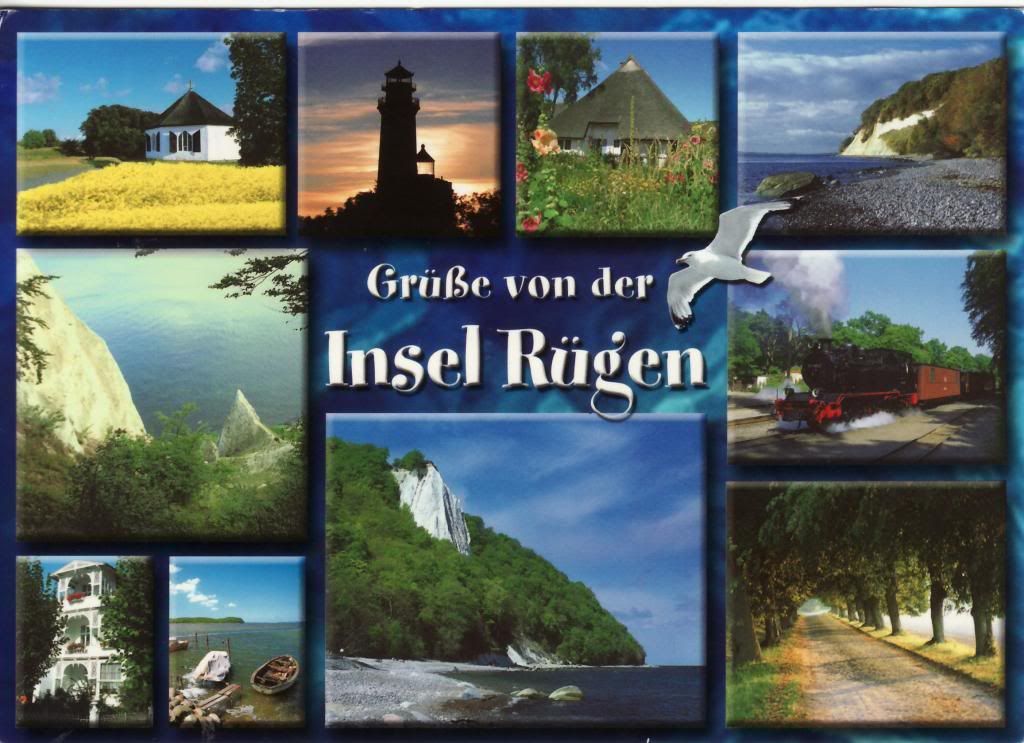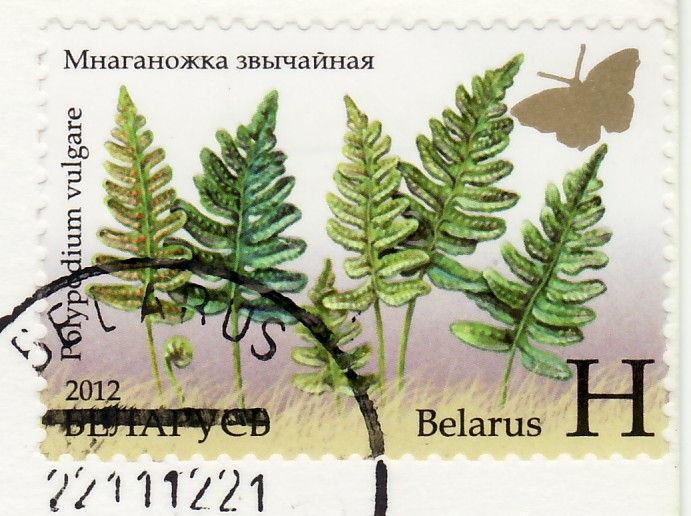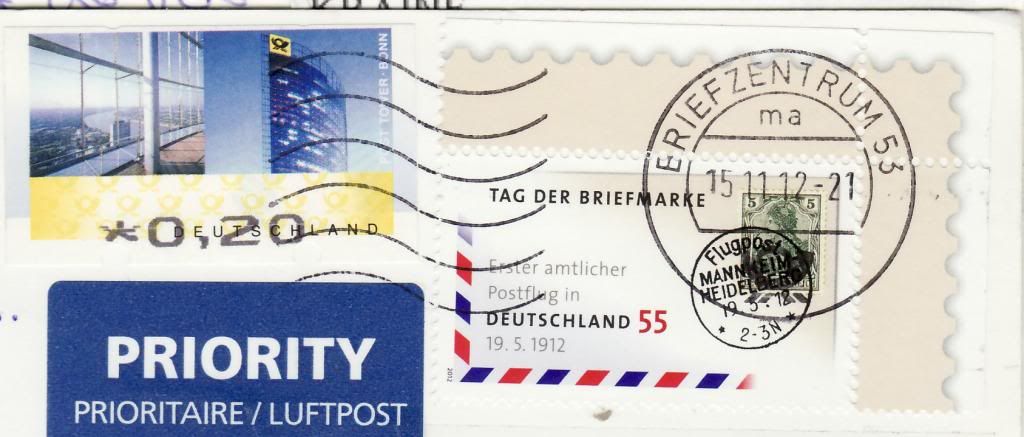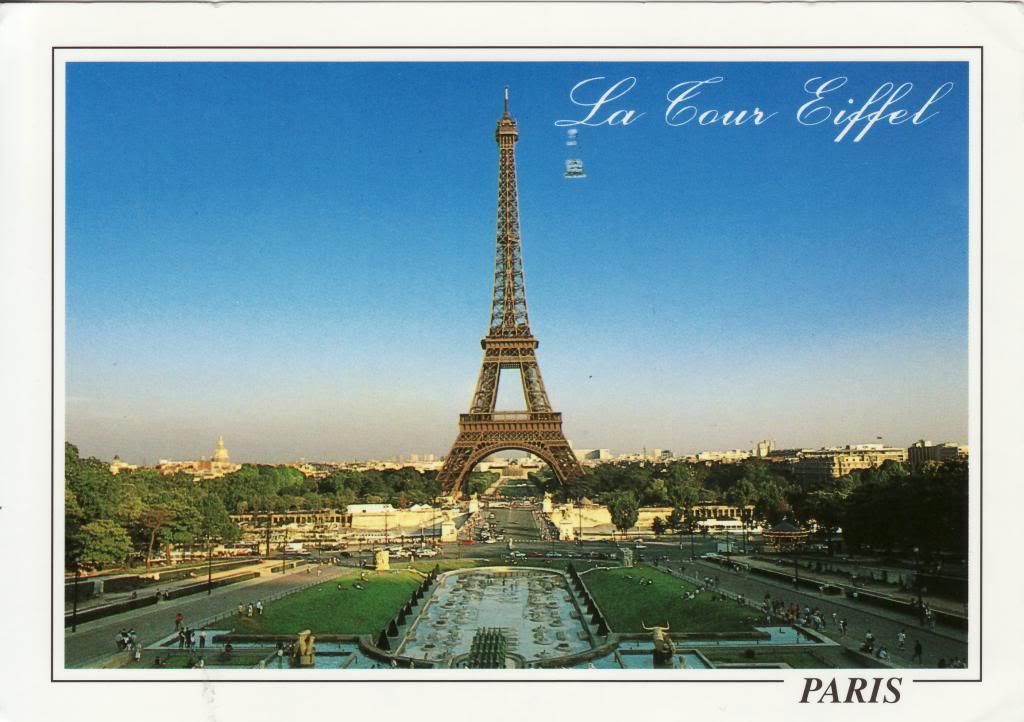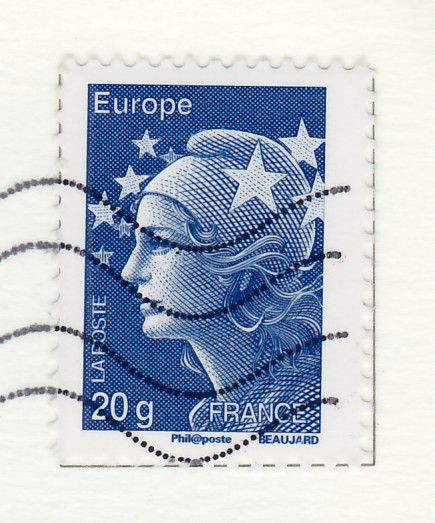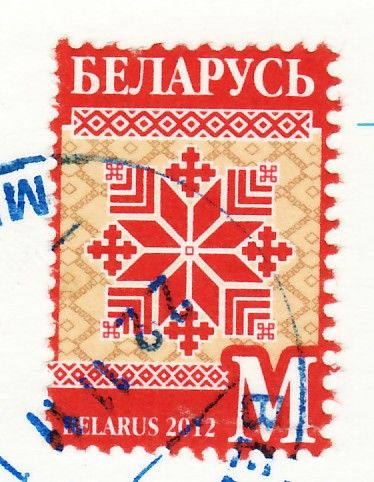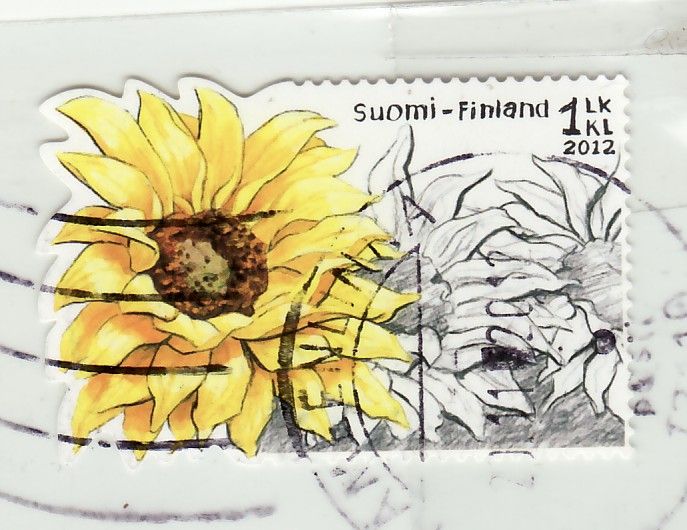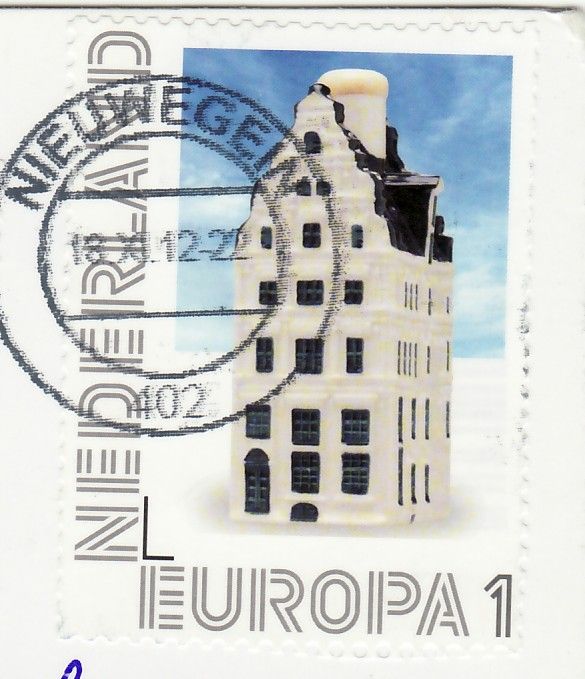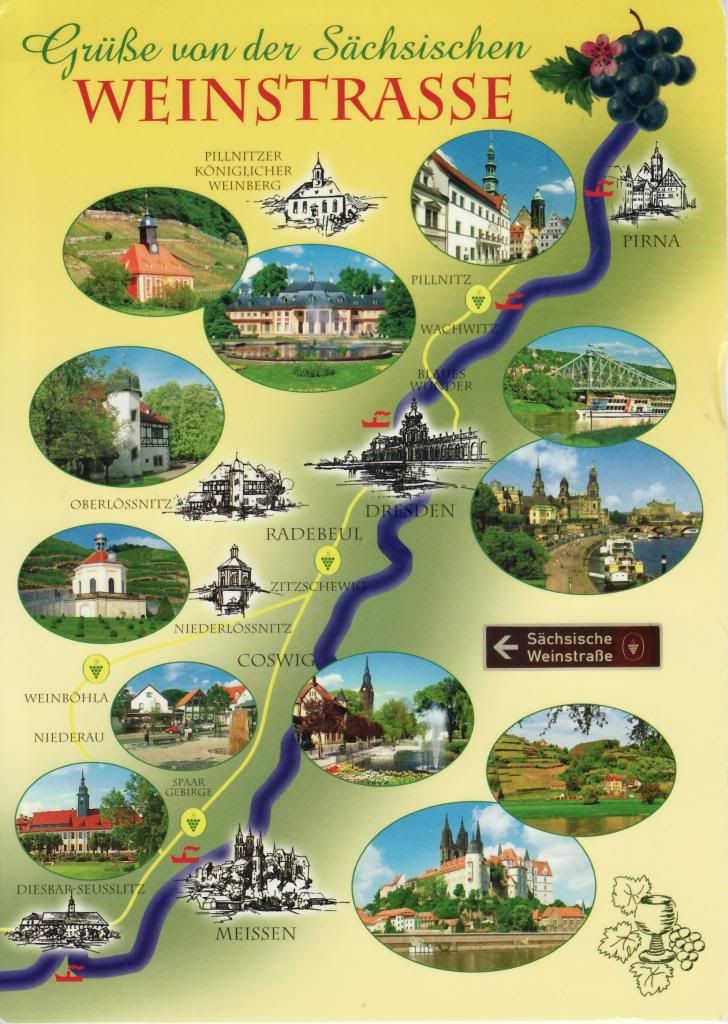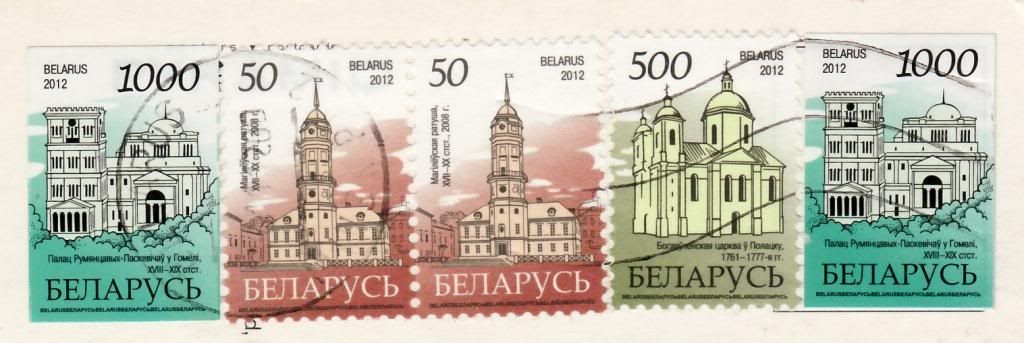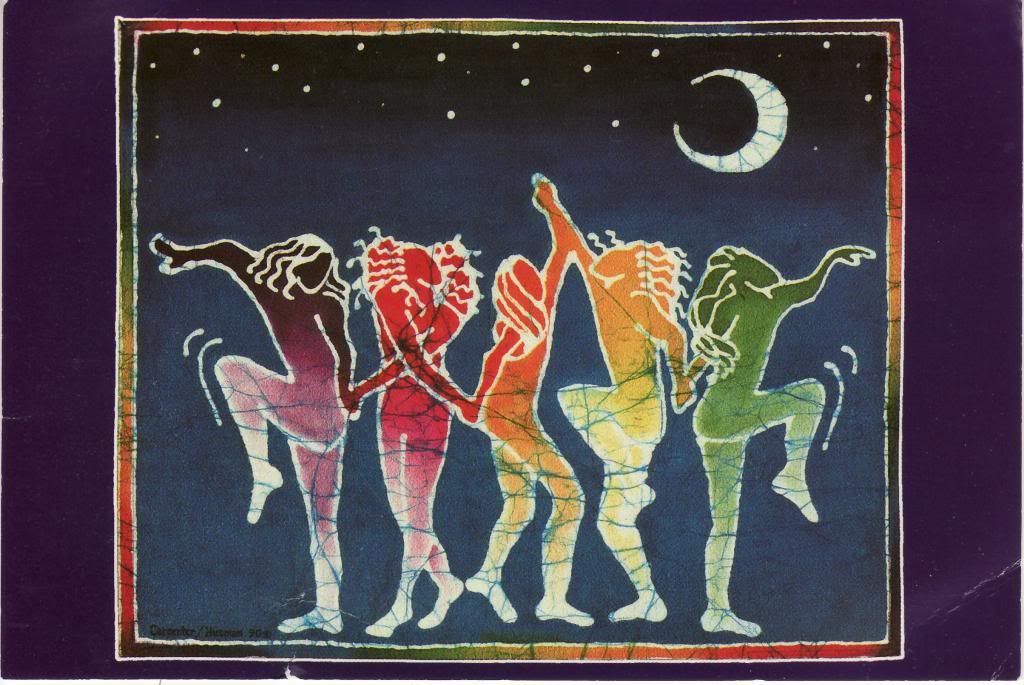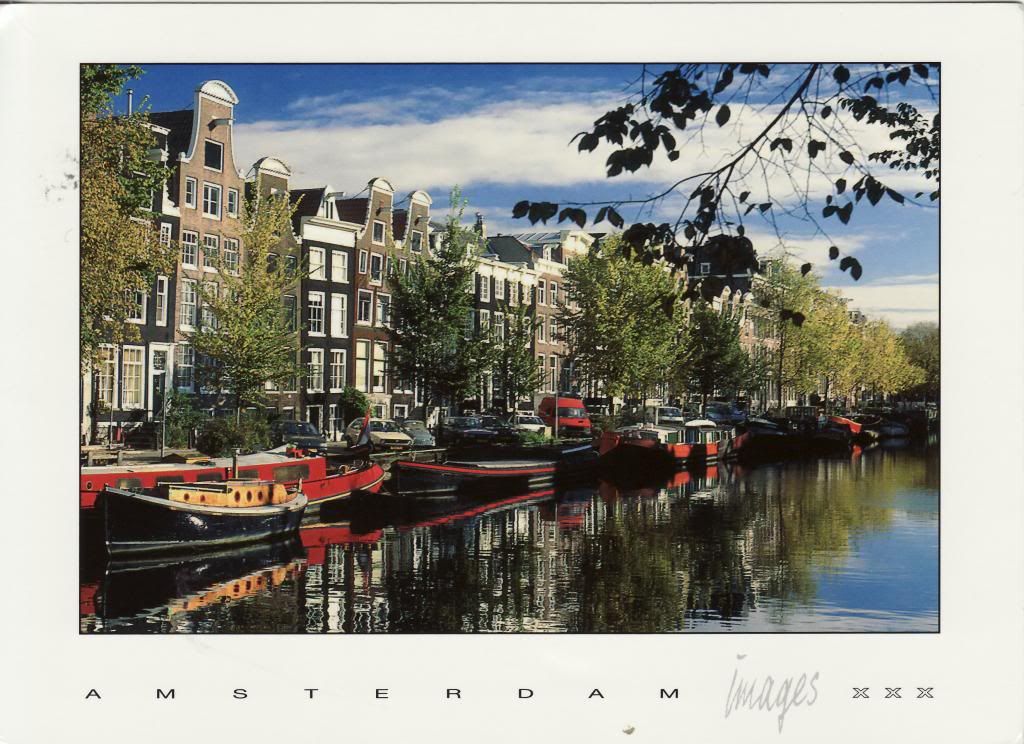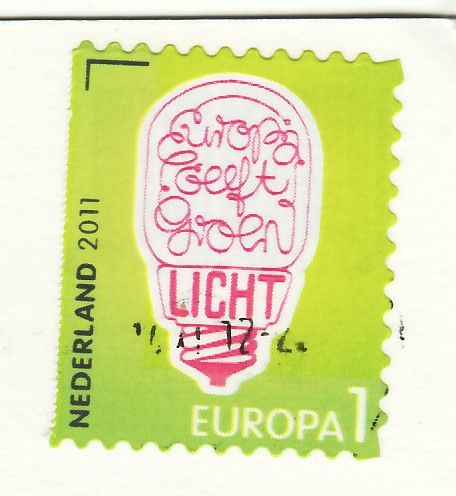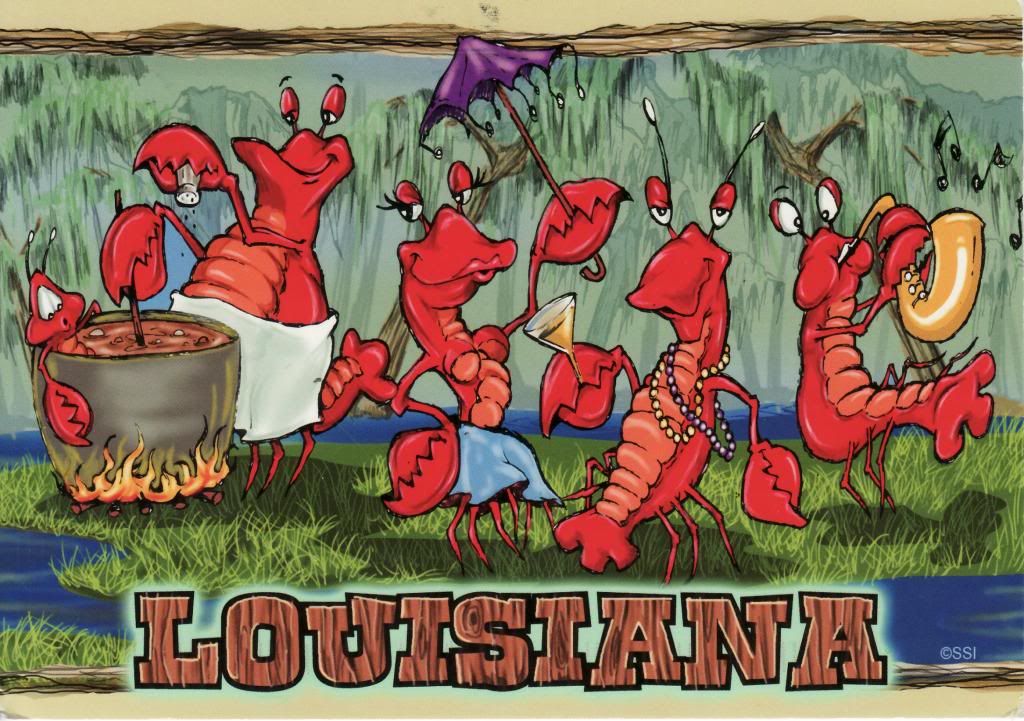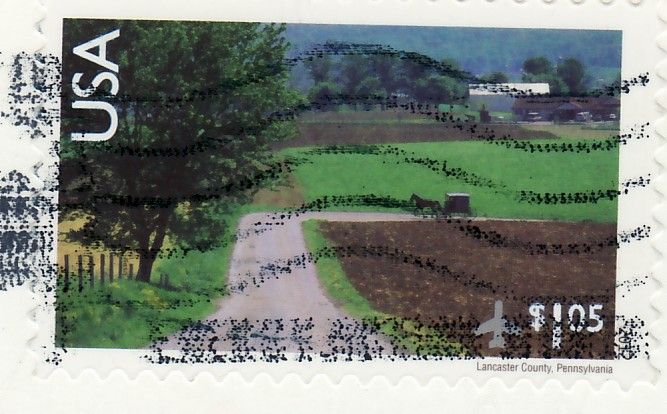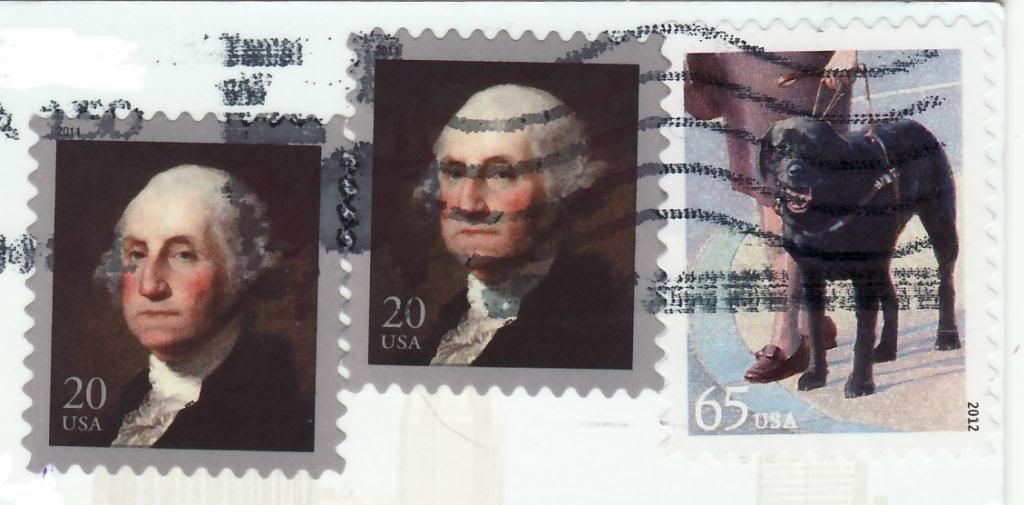Thursday, November 29, 2012
Tuesday, November 27, 2012
St. Anthony Church, Macau
A thank-you card from Dennis.
It is one of the three oldest churches in Macau where the Portuguese Weddings use to take place up to now.
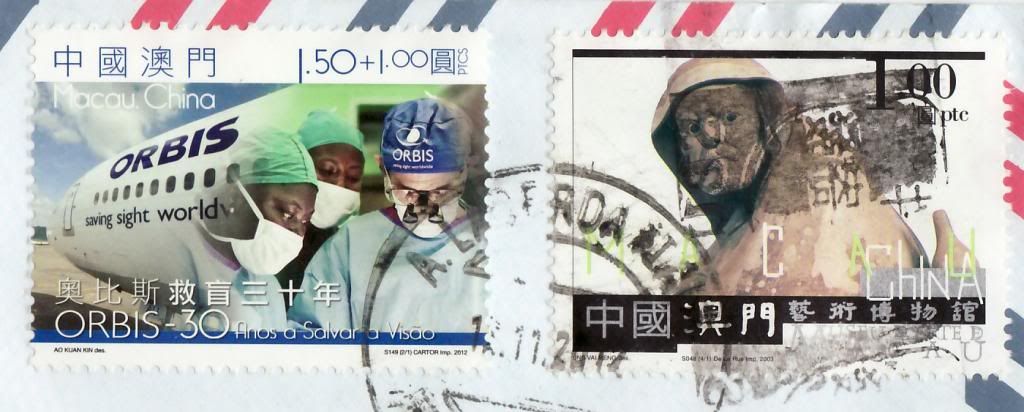
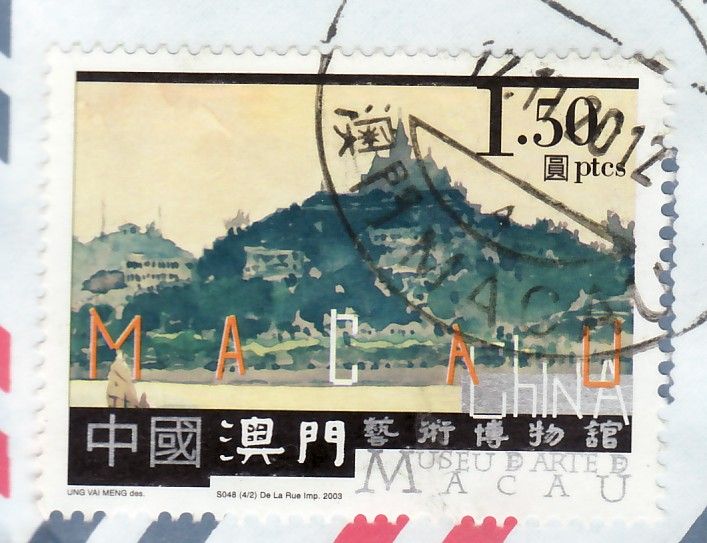 St Anthony's Church, or Igreja de Santo António, is one of the oldest churches in Macau.
The church stands on the site of a chapel that was built in 1558. It
was then rebuilt in stone 1638, but burnt down in 1809. The church was
then rebuilt the next year, in 1810, and once again in 1875.
St Anthony's Church, or Igreja de Santo António, is one of the oldest churches in Macau.
The church stands on the site of a chapel that was built in 1558. It
was then rebuilt in stone 1638, but burnt down in 1809. The church was
then rebuilt the next year, in 1810, and once again in 1875.The present St Anthony's Church, built in the Neoclassical style, dates to 1930. Its façade and tower dates to 1940. The Portuguese community in Macau likes to have their weddings here, giving rise to a Chinese nickname for the church, Fa Vong Tong, or Church of Flowers. Another fire necessitated restoration to be carried out again in 1930 and further work was done on the facade and tower in 1940.
St Anthony's Church is named after St Anthony of Padua, near Venice in Italy. Incidentally I visited the mother church, the Basilica di Sant' Antonio in Padua where the saint's remains are kept. In Macau, St. Anthony is the patron saint of seafarers. On his feast days, his statue would be carried by a regiment of soldiers on a platform around the city.
BY-677119
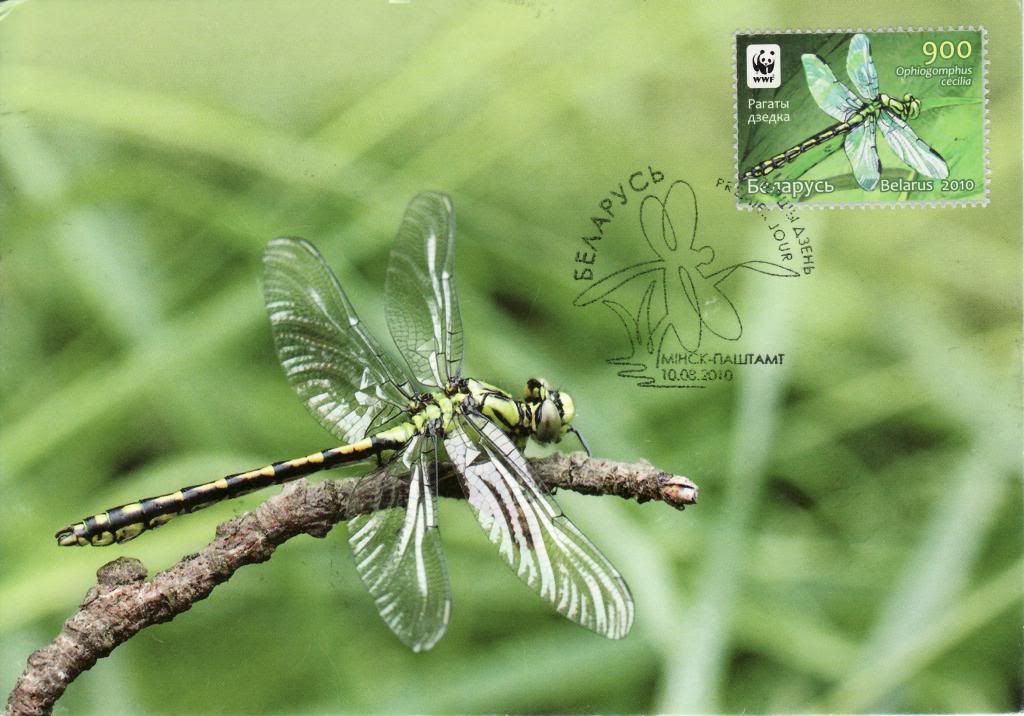 Ophiogomphus cecilia is a species of dragonfly in family Gomphidae. It is found in Austria, Belarus, Bulgaria, China, the Czech Republic, Denmark, Estonia, Finland, France, Germany, Hungary, Italy, Latvia, Lithuania, Luxembourg, Moldova, Portugal, Romania, Russia, Slovakia, Sweden, Switzerland, Turkey, and Ukraine.
Ophiogomphus cecilia is a species of dragonfly in family Gomphidae. It is found in Austria, Belarus, Bulgaria, China, the Czech Republic, Denmark, Estonia, Finland, France, Germany, Hungary, Italy, Latvia, Lithuania, Luxembourg, Moldova, Portugal, Romania, Russia, Slovakia, Sweden, Switzerland, Turkey, and Ukraine.Monday, November 26, 2012
Tuesday, November 20, 2012
CH-126681
 Luxemburgerli (also Luxembourger) is a brand name of confectionery made by the Confiserie Sprüngli in Zürich, Switzerland. Essentially a small macaron,
they have a top and bottom sugar-based confection with a center cream
filling. The Luxemburgerli is lighter than a macaron and is about 1 inch
(2.5 cm) in diameter.
Luxemburgerli (also Luxembourger) is a brand name of confectionery made by the Confiserie Sprüngli in Zürich, Switzerland. Essentially a small macaron,
they have a top and bottom sugar-based confection with a center cream
filling. The Luxemburgerli is lighter than a macaron and is about 1 inch
(2.5 cm) in diameter.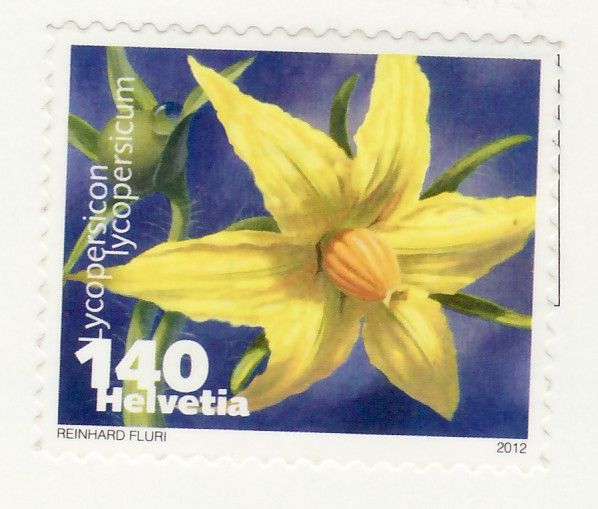 Luxemburgerli were invented by the confectioner Camille Studer who brought the recipe to Zürich after creating them in a Luxembourg
confectionery shop (Confiserie Namur) in 1957. There, the recipe was
refined for a confectionery contest. The name Luxemburgerli is derived
from the nickname which a colleague bestowed on Studer, whose family
originated in Luxembourg. The original name, Baiser de Mousse (foam kiss in French), perceived as appropriate for the new creation, was changed to Gebäck des Luxemburgers ("Luxemburger's confection") which became, in Swiss German, Luxemburgerli ("little Luxembourger").
Luxemburgerli were invented by the confectioner Camille Studer who brought the recipe to Zürich after creating them in a Luxembourg
confectionery shop (Confiserie Namur) in 1957. There, the recipe was
refined for a confectionery contest. The name Luxemburgerli is derived
from the nickname which a colleague bestowed on Studer, whose family
originated in Luxembourg. The original name, Baiser de Mousse (foam kiss in French), perceived as appropriate for the new creation, was changed to Gebäck des Luxemburgers ("Luxemburger's confection") which became, in Swiss German, Luxemburgerli ("little Luxembourger"). Flavors include: vanilla, chocolate, stracciatella (chocolate chip), caramel, hazelnut, champagne, amaretto, chestnut, mocha, cinnamon, lemon, mandarin, and raspberry. Many flavors are seasonal. The shelf life is three to five days, refrigerated.
Monday, November 19, 2012
CN-751022
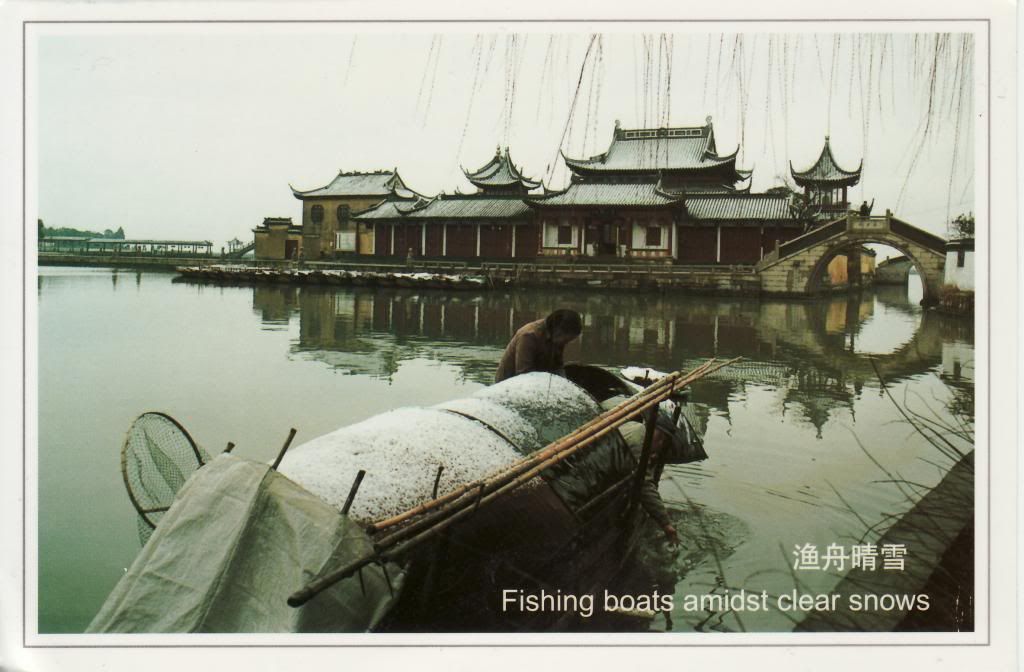 West Lake or Xī Hú is a freshwater lake located in the historic area of Hangzhou, the capital of Zhejiang province in eastern China. The lake is divided by the causeways of Sū Dī , Bái Dī , and Yánggōng Dī . There are numerous temples, pagodas, gardens, and artificial islands within the lake.
West Lake or Xī Hú is a freshwater lake located in the historic area of Hangzhou, the capital of Zhejiang province in eastern China. The lake is divided by the causeways of Sū Dī , Bái Dī , and Yánggōng Dī . There are numerous temples, pagodas, gardens, and artificial islands within the lake.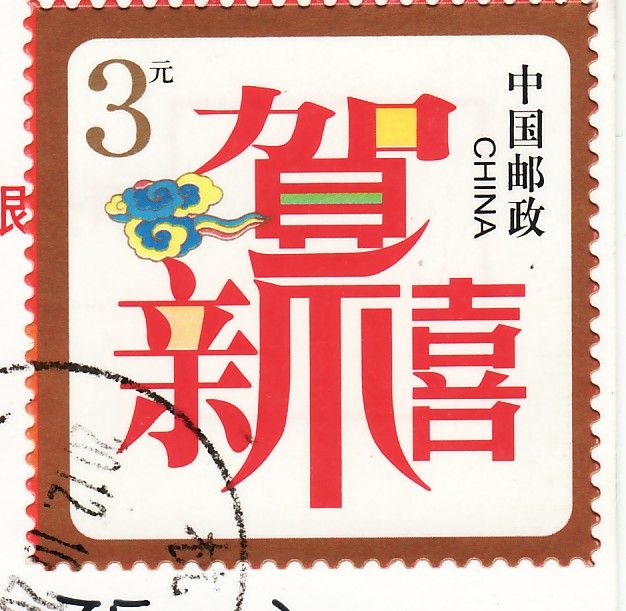 West Lake has influenced poets and painters throughout the ages for
its natural beauty and historical relics, and it has been among the most
important sources of inspiration for Chinese garden designers, as evidenced by the impact it had on various Chinese classical gardens. It was made a UNESCO World Heritage Site
in 2011, and was described as having "influenced garden design in the
rest of China as well as Japan and Korea over the centuries" and as reflecting "an idealized fusion between humans and nature."
West Lake has influenced poets and painters throughout the ages for
its natural beauty and historical relics, and it has been among the most
important sources of inspiration for Chinese garden designers, as evidenced by the impact it had on various Chinese classical gardens. It was made a UNESCO World Heritage Site
in 2011, and was described as having "influenced garden design in the
rest of China as well as Japan and Korea over the centuries" and as reflecting "an idealized fusion between humans and nature."US-1946873
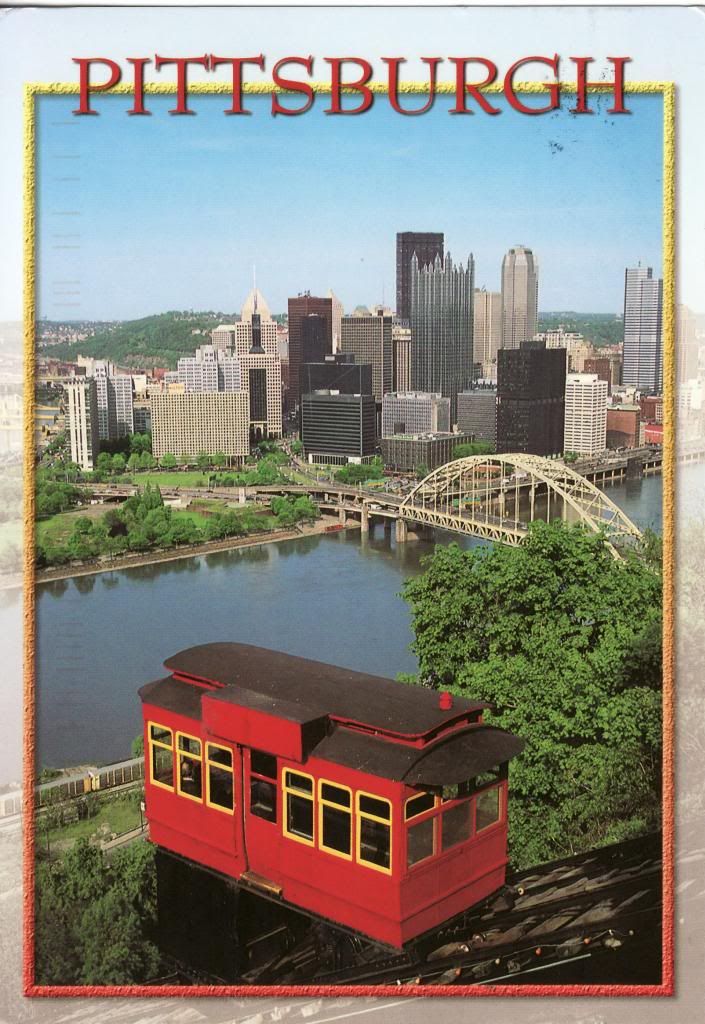 Pittsburgh, Pennsylvania
Pittsburgh, PennsylvaniaThe Duquesne Incline was once a practical mode of transport for Pittsburgh's citizens, providing safe and reliable public transportation. The historic rail car, which began operating in 1877m is now a popular attraction for tourists. With its 400-foot rise up Mt. Washington, the incline proivides a scenic view of the Pittsburgh skyline.
Subscribe to:
Posts (Atom)
